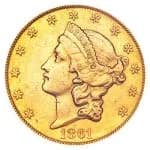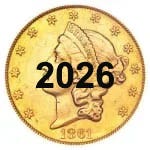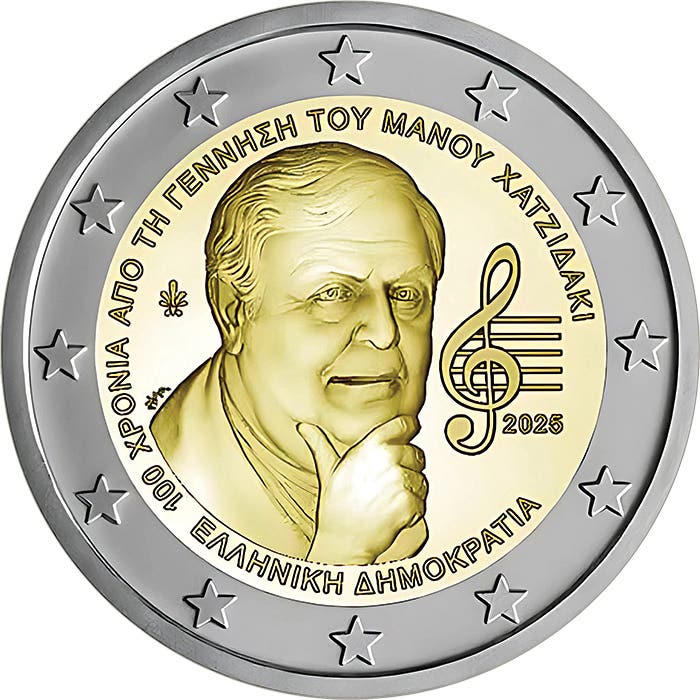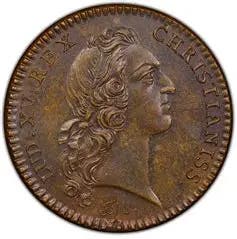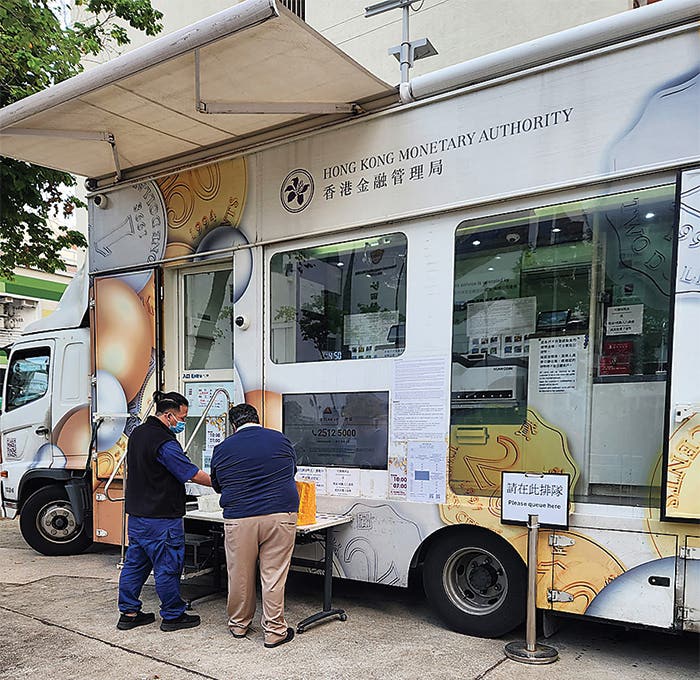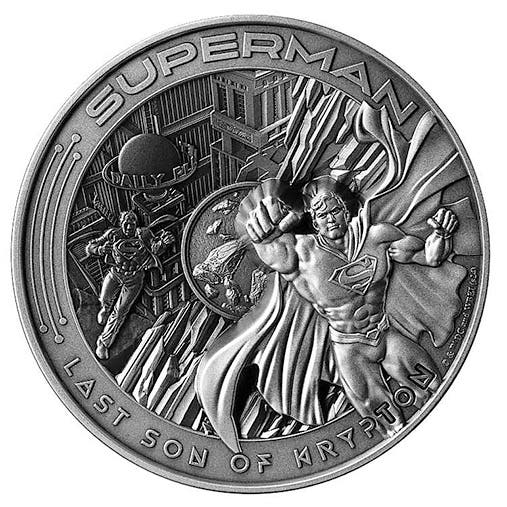World Coin Clinic: Crisis Currency and Ancient Mintage Data
From Canadian coin melting laws to the origins of siege money, we answer reader questions about precious metals, ancient mintage mysteries, and emergency coinage under siege.
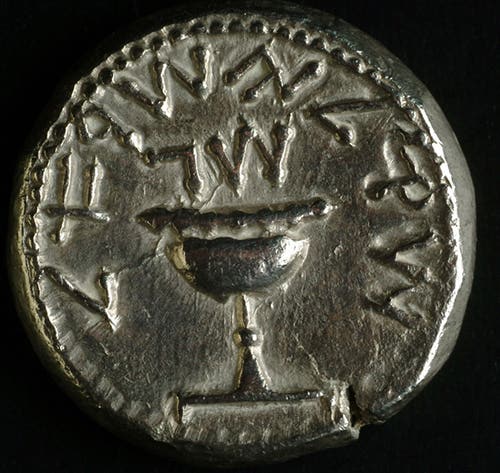
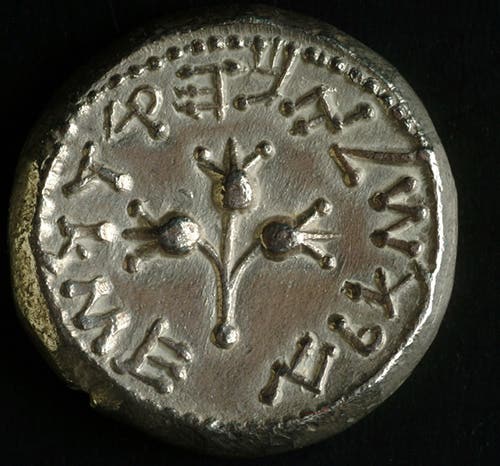
Are there any Canadian laws preventing the melting of precious metal coins?
According to the Currency Act, “No person shall melt down, break up, or use otherwise than as currency any coin that is legal tender in Canada.” Section 456 of The Criminal Code of Canada adds, “Every one who (a) defaces a current coin, or (b) utters a current coin that has been defaced, is guilty of an offence punishable on summary conviction.” It should be noted that bank notes are not mentioned in these laws.
Have mintage figures for ancient coins survived?
No ancient coin mintage figures are known from official sources. For that reason, estimates of how many coins of a particular type are based on die linkage between those of the same design type and the likely number to be struck from coinage dies. Another potential obstacle to determining a mintage is that we don’t know the type of die or the metal composition of those dies. This likely varied from mint to mint.
What is the difference between obsidional and siege money?
Obsidional is an adjective with Latin roots relating to the act of either besieging or being besieged. The term also refers to coins issued during the siege of a city and are known as either siege or obsidional coins.
What is the metal composition of siege coins?
Siege coins are a form of emergency money produced to keep the internal economy running while a hostile army cuts off a city or region. Such coins were made from just about anything the besieged could get their hands on, including gold, silver, silver plate, and even cardboard.
Were there any siege coins produced in ancient times?
Siege coins were issued in ancient, medieval, and early modern eras. A notable example is the Judaic Year 5 shekel, issued between April and August A.D. 70 during the siege of Masada by the Romans, which was struck in silver. According to the August 25, 2022, Heritage Auctions catalog in which one was sold, “It is probable that large numbers of these just-struck coins were melted down and the bullion carried back to Rome as part of the booty, which would eventually finance the Coliseum as well as other building projects.”
Who was the first to issue medieval siege coins?
The earliest I am aware of is the 1402 silver gigliato of the Knights of Rhodes, Grandmaster Philibert de Naillac (served 1396–1421), issued at Smyrna (modern-day İzmir, Turkey) when the city was besieged by the Turko-Mongol conqueror Tamerlane.
Readers, are there earlier siege coins you can think of?
Email inquiries to giedroyc@bright.net. Because of space limitations, we are unable to publish all questions.
You may also like:

